The Full Electric Car Weather Guide
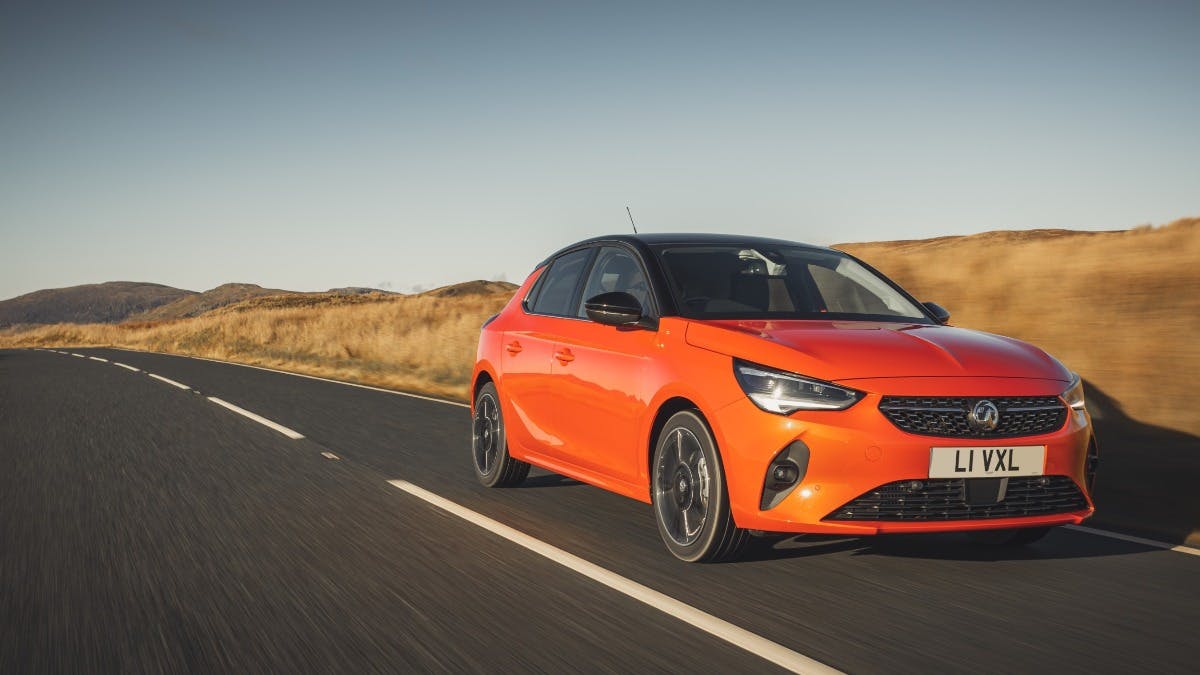
-
Does hot & cold weather affect electric car batteries?
There are a few extra considerations when it comes to owning an electric car. We’ve compiled this extensive electric car weather guide to give you the low down on how different weather conditions may affect your EV.
Whilst electric car batteries are affected by extreme temperatures, as long as you plan ahead this can be pretty negligible. We’ve compiled this comprehensive electric car weather guide to help you get the most out of your EV in all conditions.
Cold weather electric car driving tips
Hot weather electric car driving tips
The optimum temperature for an EV battery is anywhere between 20ºC-25ºC, with 21.5ºC being that sweet spot for range. Don't worry if it’s a bit lower (which is most likely the case in the UK) or higher than this as you won’t see much difference in range. It’s only when you approach the more extreme ends of the weather spectrum where you may notice your battery is affected.
So, how does the weather affect your electric car’s battery and range? Explore below to find out what hot and cold temperatures do to your EV.
-
So, does cold weather affect electric car batteries?
Yes, cold weather can affect your electric car battery and range in many ways. Lithium-Ion (Li-Ion) batteries simply don’t perform as well when it’s cold out. Anything lower than 4ºC is when you see any difference.
At this temperature your range is slightly reduced, charging the battery takes a bit longer and regenerative braking is less efficient. This means you’ll have to plan ahead when driving your electric car in lower climates.
However, this isn’t a big concern for drivers in the UK. Since 2015, we have only had two months (February 2018 & January 2021) with an average temperature below 4ºC (according to Statista.) So even throughout the winter months, your EV is not likely to experience anything too harsh!
-
Why does cold weather affect EV batteries?
Now for the science part. We won’t go too much into detail, but when electric car batteries are too cold, the chemical reactions that make them work are slower. This means you get less power and efficiency.
What this means for EV owners is:
- Slower charging
- Less efficient journeys
- Driving functions use more battery (climate control and regenerative braking)
Car manufacturers do their best to negate this with clever temperature regulation technology. Whilst these thermal control systems help keep the battery in optimal condition, they use battery power to operate. Temperature regulation has to work harder in colder weather which is a bit paradoxical, but it works out in the end.
Another way that colder weather affects EVs is through heating. Blasting the heating when you’re driving will further reduce range.
But luckily there are plenty of ways you can negate the effect of colder climates on your electric car battery.
-
Tips for driving your electric car in cold weather
If you’re faced with freezing weather, worry not. Here are some of our top tips when it comes to conserving range.
-
Park in cover
Prevention is better than a cure. You should avoid leaving your car in cold conditions if possible. Parking in cover, underground or anywhere not directly exposed to the cold is perfect. But we get that this won’t always be possible, so don’t worry if you can’t avoid the cold. There are still plenty of other ways you can negate your EV range loss in cold weather.
-
Use eco/range mode
This one may sound obvious, but it’s one of the most important. If your car has driving settings, use the eco or range mode. You can save yourself a fair few miles of range by initiating eco mode, as this tends to regulate certain parts of the drive to maximise range. You will sacrifice performance but it’s a worthwhile trade, saving you time and money.
-
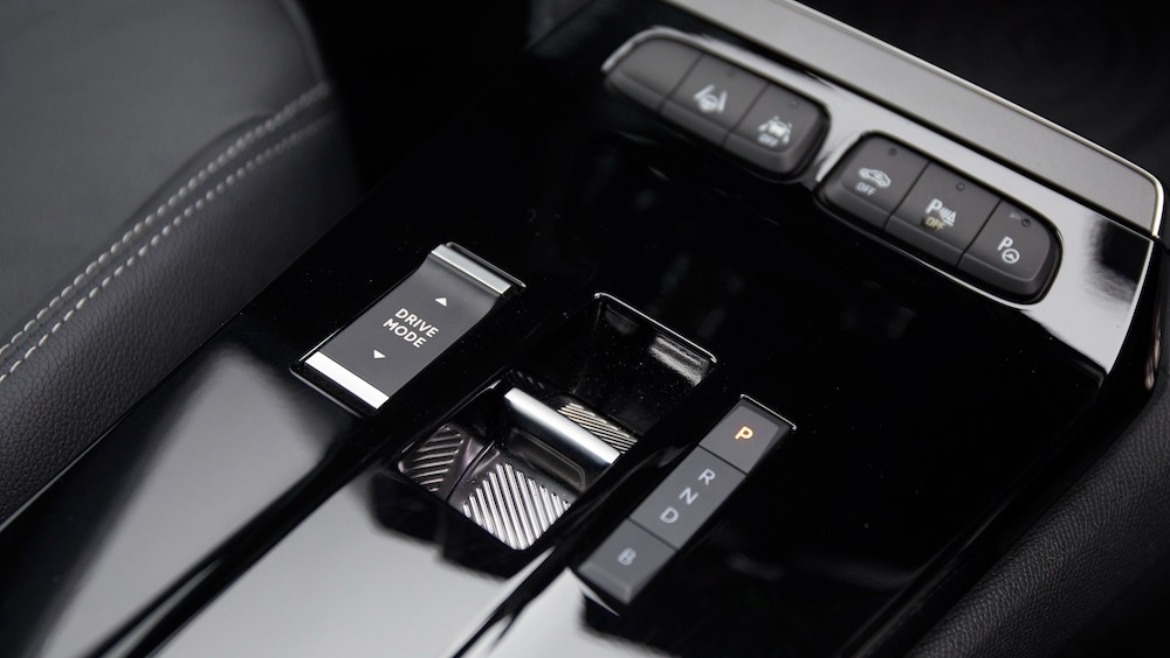
-
Avoid heavy acceleration
Another simple one. Don’t put your foot down at every opportunity. Instead, go for smooth, steady acceleration. Doing so means the battery doesn’t have to work as hard and produce as much power, in turn maximising your range.
-
More considerate braking
Whilst you’re already avoiding heavy acceleration, do the same with braking. Don’t leave braking until the last minute as heavy and harsh braking is inefficient. Instead, keep an eye on the road ahead and brake earlier but slower. Doing so creates a smoother, more steady drive which is good for maximising your electric car’s range.
-
Take your foot off the pedal
If you’re going downhill or have a good pace built up, take your foot off the accelerator. You don’t always need to press the pedal, so if you can avoid accelerating (only when it’s safe to do so) you’ll see the benefit on your range.
This will not work if you have one-pedal settings turned on. One-pedal driving applies regenerative braking the more you take your foot off the pedal. If you remove your foot off the accelerator with one-pedal driving, your car will come to a stop.
-
Preset climate control whilst plugged in
Avoid using climate control when you’re driving as this draws power from the battery. Instead, preset the climate control when it’s plugged in as you won’t lose charge. Then when it’s time to go, your cabin will be at the perfect temperature.
-
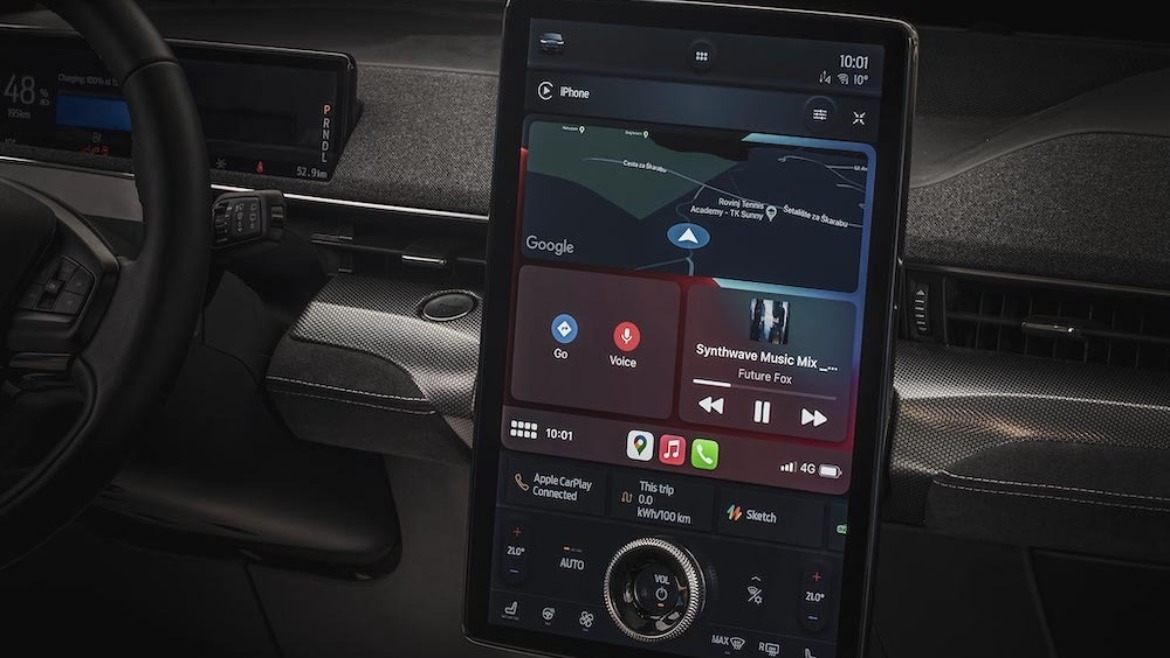
-
Use heated seats and steering wheel
Heated seats and steering wheels are a great way to add some warmth to the cabin when you’re driving, without reducing range. This tip is ideal if you’re on a long journey and your present cabin temperature has dropped.
These heating functions are much more efficient than climate control as you don’t need to heat up the whole cabin. Instead, you heat yourself!
-
Trickle charge
When you’re parked up in the cold weather use trickle charging to keep your range topped up whilst also regulating the battery temperature. Using this type of slow charger keeps the battery at its optimal temperature in colder weather.
-
Remove all snow
When it snows make sure to remove all the snow build-up from your car. It’s a legal requirement to ensure your windscreen is clear of all snow for visibility. But go the extra step and remove any snow from the roof, bonnet and tailgate. Not only does this prevent snow from shifting when you’re driving and impairing your view, but it will also reduce weight and drag, improving range.
-
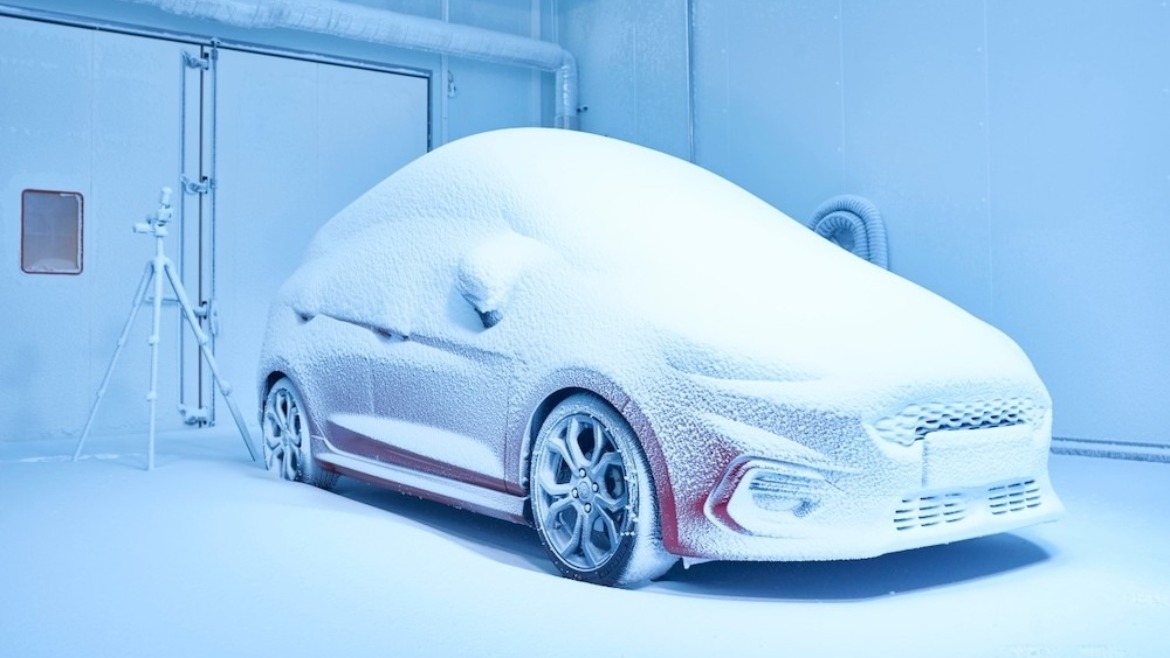
-
Avoid rapid chargers after short trips
Your EV’s battery needs to heat up to get to optimal performance. If you carry out a short trip and the battery doesn’t heat up, it won’t be as efficient at fast charging. So after shorter trips try to use slower charging.
-
Check your tyre pressure
Underinflated tyres reduce your range. So before you go on a long journey in the winter, make sure they’re inflated to the proper limit. This helps with range, safety and traction.
-
How does hot weather affect EV range?
As we mentioned before, the optimal temperature for EVs is 20ºC-25ºC. Anything much higher will affect your battery. If your battery is too hot, the chemical reactions that create power happen more often which leads to a loss in range and degradation over time.
It’s important to take care of your battery during scorching summers. Not only will the heat reduce your range, but it can damage your battery in the long run. But don’t worry as we have some simple tips to prevent this from happening.
-
Why does hot weather affect EV range?
Without going into too much detail, the hot weather increases the temperature of the battery which then creates faster reactions within the battery. Batteries have a Solid Electrolyte Interphase, or SEI, which is negatively affected by heat. When this gets too hot, it creates more chemical reactions than needed.
What this means for EV owners is:
- Reduced range
- Quicker battery degradation
The same thermal management systems work to keep the battery cool. It’s the same catch-22 as before - the hotter the battery, the more energy the thermal management system uses to cool it down.
-
Tips for driving your electric car in hot weather
Don’t worry if the sun’s blazing outside. There are plenty of ways you can protect your electric car from the heat. Like before, drive more considerately. This includes:
- Smooth acceleration
- Smooth braking
- Taking your foot off the accelerator where you can
-
Don’t use air con
Much like using the heater in the winter, using the air con in the summer may reduce your range a bit. Instead, preset the climate whilst the car is charging via your car’s companion app. And if you get warm later in the journey, crack the windows.
-
Park in shade
This is a simple one, but may not always be possible: park in the shade. Under cover is your best bet, but failing that find a particularly shady place to leave your EV. But don’t worry if you can’t find anywhere that’s shaded, as leaving your EV in the sun every so often isn’t an issue. Luckily here in the UK we only experience ‘extreme’ heat for a few weeks of the year. So you won’t have to worry too much about leaving your electric car out in the heat.
-
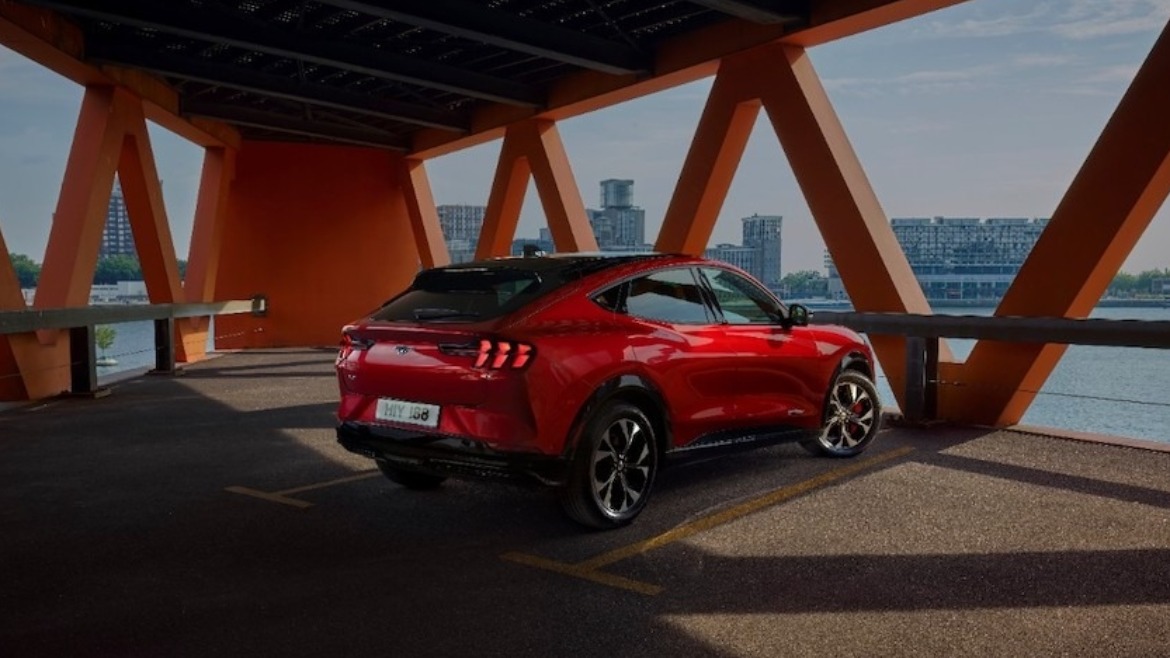
-
Get a sunshade
Another way to stop the sun from heating your car is with a reflective sunshade. This simple piece of equipment reflects the heat away from the car. Simply put them in the windows to keep your car cool on hotter days. The cabin will be cool when you get in so you won’t need to use air con or open the windows.
-
Check tyre pressure
Whilst cold weather may cause a slight decrease in tyre pressure, in the summer you may experience an increase. This means it’s vital to check your tyre pressure in the heat, as already over-inflated tyres may expand further. Over-inflated tyres pose a safety risk, especially if they sustain any damage when driving.
-
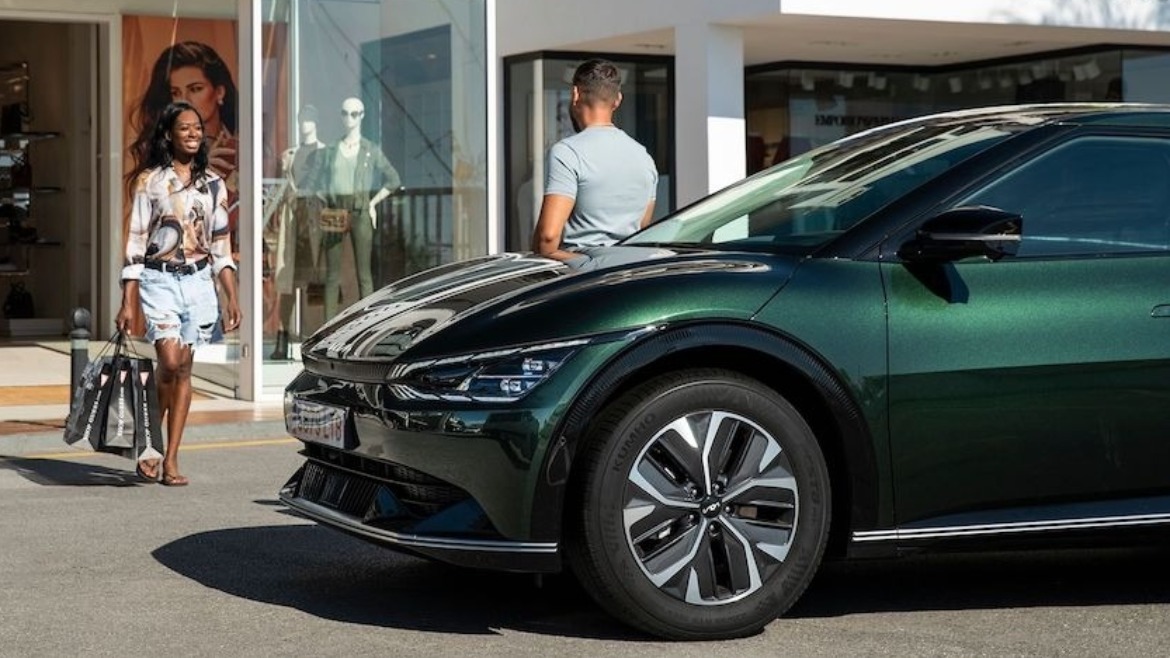
-
Use slow chargers
Using a slow charger in the heat is great for battery health. But if you do need to use a rapid charger, try to charge in the shade.
-
Let your battery cool down
Give your electric car battery time to cool down before charging it on a hot day, especially after high-speed driving. Letting the battery reach optimal temperature ensures better health and more charge.
-
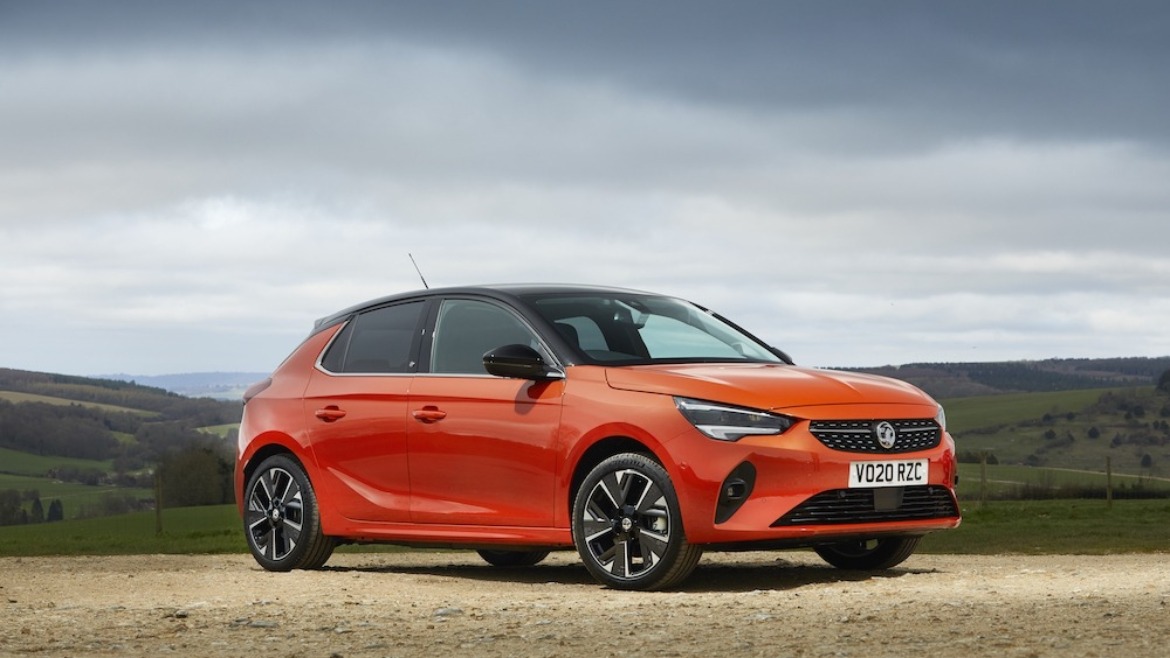
-
Charge to 80%
Preserve battery health in the long term by charging to 80%. As you’re not pushing the upper limit of your battery when it’s hot, capacity won’t be as affected. Another benefit of charging to around 80% is that it’s quicker than waiting to charge to 100%.
-
Avoid 12pm-3pm
In the middle of summer, avoid driving during the hottest hours. This tends to be from 12pm-3pm. See if you can use another form of transport during these hours or try to travel before or after.
-
Other weather considerations for electric car drivers
-
Wet, icy, muddy or slippery roads
Please keep in mind that electric cars tend to be heavier than Internal Combustion Engine (ICE) vehicles. This means it takes a bit more effort to come to a full stop. This is something to consider when driving on wet, icy, muddy or otherwise slippery roads. Electric car batteries are large and typically housed underneath the floor of the car. This lowered position does help with traction though.
-
EV battery technology advancements
Whilst current EV drivers will have to consider these tips, this won’t always be the case. Advancements in battery technology mean that, eventually, future batteries won’t need liquid inside. This in turn means they shouldn’t be as susceptible to extremes of temperature.
-
Get in touch
Come to Pentagon for all things hybrid and electric. Our electric specialists are more than happy to answer any questions, run you through your options or even book you in for a test drive.

